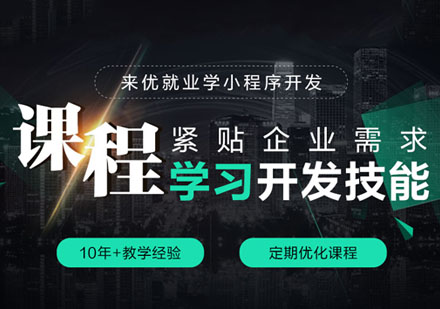数据采集技术演进分析
现代Web应用对用户行为数据的采集需求呈现爆发式增长,传统埋点方式在应对复杂业务场景时面临多重挑战。业务代码与监控逻辑的高度耦合,导致开发效率降低和维护成本上升,特别是在需要快速迭代的移动端场景中,这种矛盾尤为突出。
| 埋点类型 | 实现方式 | 数据精度 | 维护成本 |
|---|---|---|---|
| 手动代码埋点 | 硬编码实现 | 高 | 极高 |
| 可视化埋点 | DOM元素追踪 | 中 | 中 |
| 组件化埋点 | 声明式组件 | 高 | 低 |
组件化架构设计原理
基于React技术栈的声明式组件方案,将埋点逻辑抽象为独立的基础组件模块。通过TrackerClick组件封装点击事件监听,TrackerExposure组件处理元素曝光检测,实现监控逻辑与业务组件的完全解耦。
const ExposureWrapper = ({ children }) => ( <TrackerExposure threshold={0.5} viewingTime={1000} name="module.impression" > {({ addRef }) => ( <div ref={addRef} style={{ margin:10 }}> {children} </div> )} </TrackerExposure>);曝光检测关键技术
IntersectionObserver API的合理运用是曝光检测的核心,通过配置threshold参数设置可见比例阈值,结合timeThreshold控制停留时长。针对虚拟列表场景,采用动态观测策略优化性能表现。
const observer = new IntersectionObserver(entries => { entries.forEach(entry => { if(entry.isIntersecting) { exposureTimer = setTimeout(() => { recordExposure(entry.target); }, 1000); } else { clearTimeout(exposureTimer); } });}, { threshold: 0.5 });数据上报优化策略
采用分级缓冲队列机制,设置不同优先级的上报通道。点击类数据设置1000ms上报间隔,曝光数据采用3000ms批量上报,通过Web Worker实现非阻塞式数据传输。
class ReportQueue { constructor() { this.clickQueue = []; this.exposureQueue = []; this.initSchedulers(); } initSchedulers() { setInterval(() => this.flushClick(), 1000); setInterval(() => this.flushExposure(), 3000); }}配置管理中心实现
建立统一的埋点配置管理系统,通过JSON Schema定义埋点参数规范。开发环境启用严格模式校验,生产环境采用轻量级校验策略,支持热更新配置无需重新部署。
const configSchema = { type: "object", properties: { eventName: { type: "string" }, samplingRate: { type: "number", minimum: 0, maximum: 1 }, parameters: { type: "object", patternProperties: { "^[a-zA-Z_]+$": { type: "string" } } } }};










